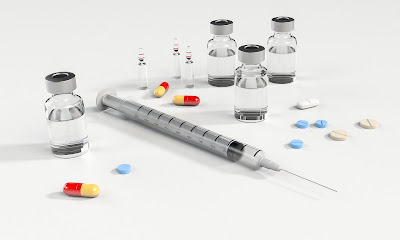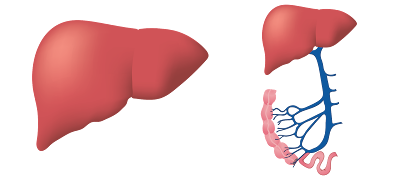Kauvery Hospital had a free diabetes awareness expo at their hospital recently. It welcomed diabetics and non-diabetics, who could go in and have a top to toe diabetic check-up.
Diabetic check-up and management
The check-up included blood sugar testing stalls, eye testing, foot testing, and a talk on diabetic awareness and diabetes management. There were also counsellors to help answer any questions that people with diabetes or at-risk people had on the illness.
The expo included a stall, where nutrition tips and a diabetic diet plan was given to help manage diabetes. A physiotherapist was present to help raise awareness of physical problems related to diabetes and prevent them. They also had a special stall for diabetic footwear where people could find out more about the various footwear options available for diabetic management.
Manage diabetes and live a better life
People walked away from the expo, much more aware of the importance of diabetes management, the various options open to them to help manage the illness, and hopefully to make changes in their lifestyle to live a quality life while managing their diabetes.
Best
Diabetologist in Chennai | Best
Diabetologist in Hosur | Best
Diabetologist in Salem | Best
Diabetologist in Trichy |











